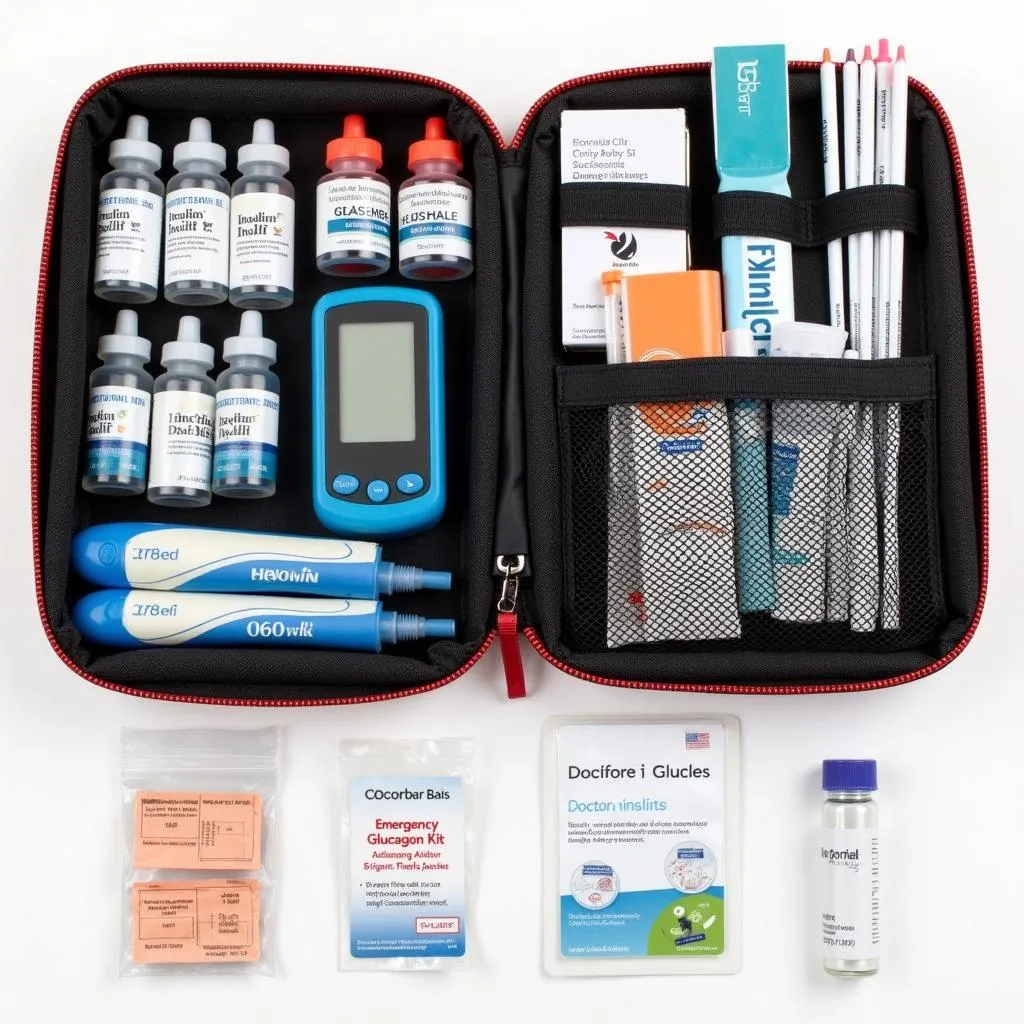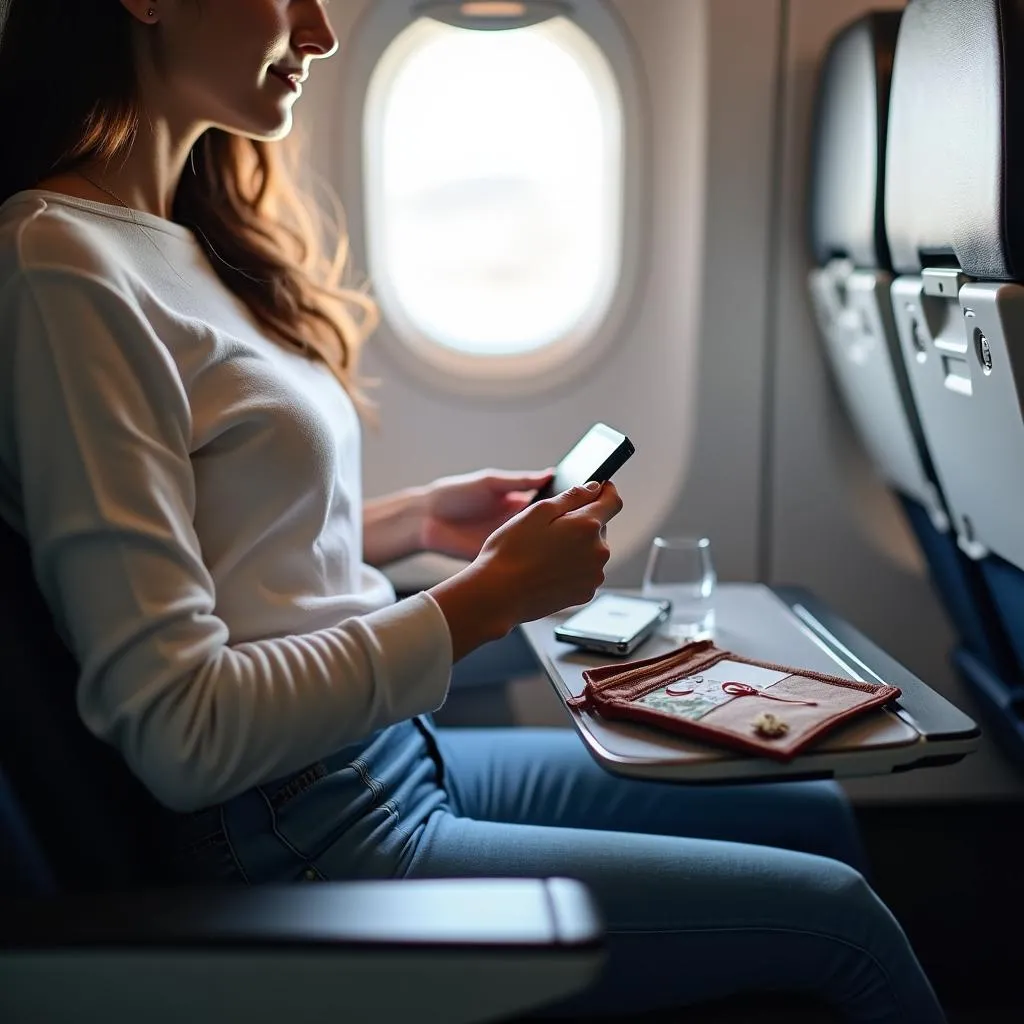Remember that time you dreamt of exploring the ancient temples of Angkor Wat or trekking through the breathtaking landscapes of Patagonia? Did the thought of managing your insulin while navigating a new country make you hesitate? We understand! Traveling with insulin requires careful planning, but it shouldn’t hold you back from experiencing the world.
This comprehensive guide will provide you with everything you need to know about traveling with insulin, ensuring your adventures are filled with excitement, not worry.
Planning is Key: Packing Your Insulin Travel Kit
Just like a seasoned explorer wouldn’t embark on a journey without a trusty compass, you shouldn’t leave home without a well-stocked insulin travel kit. Consider it your treasure chest of diabetes management, ensuring a smooth and enjoyable trip. Here’s what to pack:
Essentials:
- Enough Insulin: Always pack more than you think you’ll need. A good rule of thumb is to bring double the amount you anticipate using, accounting for potential delays or unexpected adventures.
- Insulin Storage: Temperature fluctuations can impact insulin effectiveness. Invest in a reliable insulated travel case or cooling wallet to protect your insulin from extreme heat or cold.
- Medical Supplies: Don’t forget syringes, pens, needles (if applicable), alcohol swabs, glucose meter, test strips, and lancets.
- Emergency Glucagon Kit: Essential for treating severe low blood sugar. Ensure you and your travel companions are familiar with its administration.
- Doctor’s Letter: A signed and dated letter from your doctor confirming your diagnosis, insulin requirements, and the necessity of carrying medical supplies is crucial, especially when navigating airport security.
Pro-Tip: Divide your insulin and supplies between your carry-on luggage and checked baggage in case one gets lost or delayed.
 Insulin travel kit for diabetes management
Insulin travel kit for diabetes management
Navigating Airport Security: Smooth Sailing Through Checkpoints
Navigating airport security with insulin can seem daunting, but it doesn’t have to be. With a little preparation, you can breeze through like a seasoned traveler.
- Inform Security: Alert TSA agents that you are carrying insulin and medical supplies. They are trained to assist travelers with medical needs.
- Keep Supplies Accessible: Store your doctor’s letter, insulin, and necessary supplies in your carry-on for easy access.
- Request Visual Inspection: You have the right to request a visual inspection of your insulin and supplies instead of X-ray screening.
- Stay Informed: Familiarize yourself with TSA guidelines regarding traveling with liquids exceeding 3.4 ounces, as exceptions apply to medically necessary liquids like insulin.
Expert Insight: “Traveling with insulin doesn’t have to be stressful,” says Dr. Jane Miller, author of “The Diabetic Traveler’s Handbook.” “Proper planning and communication with airport security can make all the difference.”
Adapting to Different Time Zones: Keeping Your Blood Sugar on Track
Jet lag can throw off your body’s internal clock, impacting your blood sugar levels. But worry not, with a few simple adjustments, you can maintain balance.
- Gradual Adjustment: If possible, adjust your meal and insulin schedule a few days before departure to minimize the time zone impact.
- Monitor Blood Sugar: Check your blood sugar more frequently than usual, especially during the initial days of your trip.
- Stay Hydrated: Drinking plenty of water can help combat dehydration caused by long flights, which can affect blood sugar levels.
- Consult Your Doctor: Discuss potential adjustments to your insulin regimen with your doctor, especially for long-haul flights across multiple time zones.
 Monitoring blood sugar levels while traveling
Monitoring blood sugar levels while traveling
Embracing Local Cuisine: Balancing Culinary Delights and Blood Sugar
Exploring new cuisines is one of the most exciting aspects of travel. With a bit of awareness, you can savor the flavors of your destination while managing your blood sugar.
- Research Traditional Dishes: Familiarize yourself with local cuisine and identify dishes that align with your dietary needs.
- Communicate with Restaurants: Don’t hesitate to inform restaurant staff about your dietary requirements. Most are happy to accommodate special requests.
- Pack Snacks: Carry healthy snacks like nuts, seeds, or granola bars to prevent lows, especially during long excursions.
Local Tip: When visiting bustling Bangkok, Thailand, don’t miss out on the flavorful and blood-sugar-friendly green papaya salad (Som Tam). Request less sugar to be added to the dressing for optimal blood sugar control.
Staying Active: Exploring Your Destination While Managing Insulin
From hiking through scenic national parks to strolling through vibrant city streets, staying active is an integral part of travel.
- Adjust Insulin Doses: Physical activity can lower blood sugar levels. Consult your doctor for personalized guidance on adjusting your insulin doses based on your itinerary.
- Pack Extra Supplies: Carry glucose tablets, gels, or juice boxes for quick blood sugar boosts during excursions.
- Listen to Your Body: Don’t hesitate to take breaks when needed. Rest is as important as exploration.
Travel Tip: Visit the breathtaking Niagara Falls, USA, and enjoy a leisurely walk along the Niagara River Gorge Trail for stunning views and a dose of fresh air.
